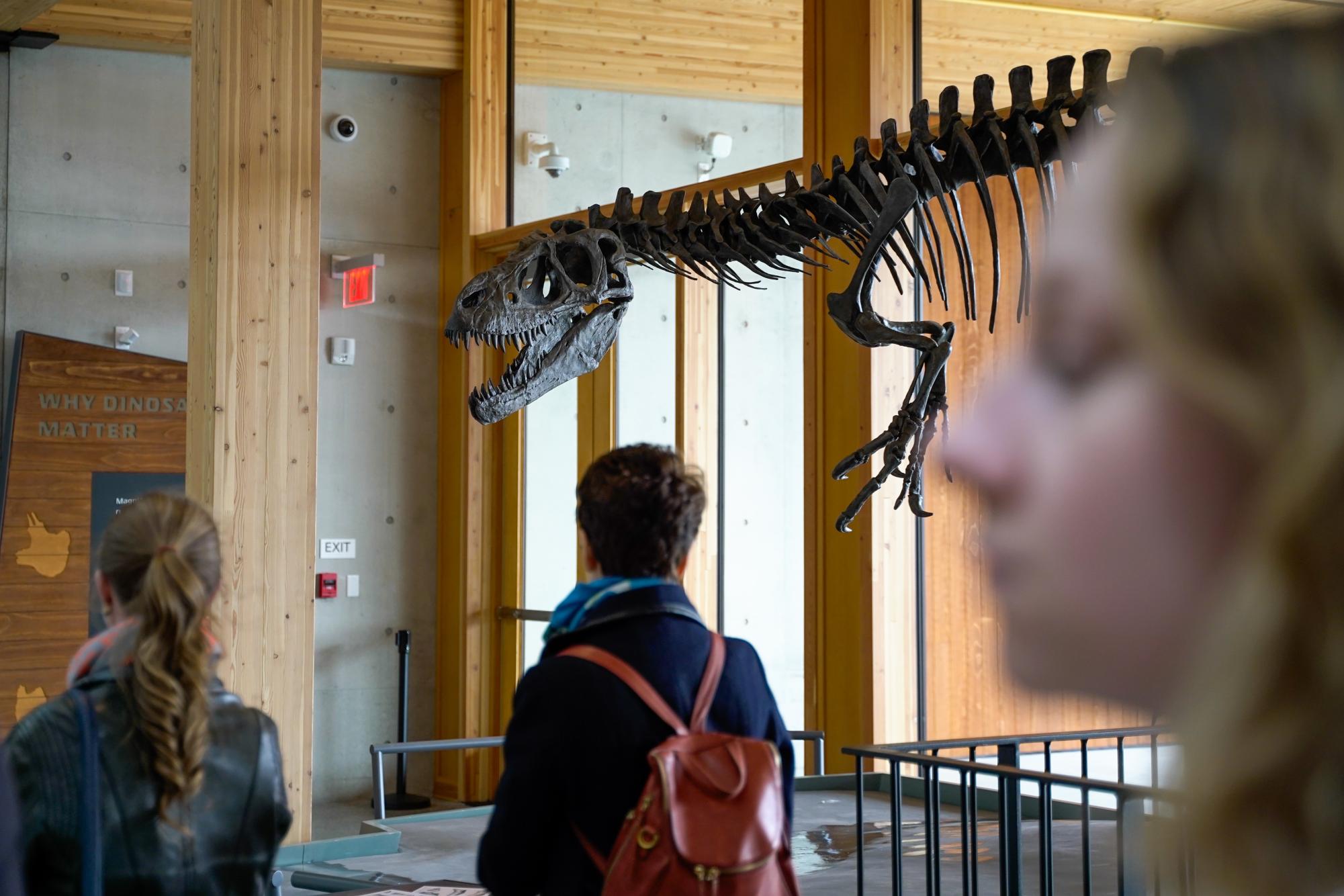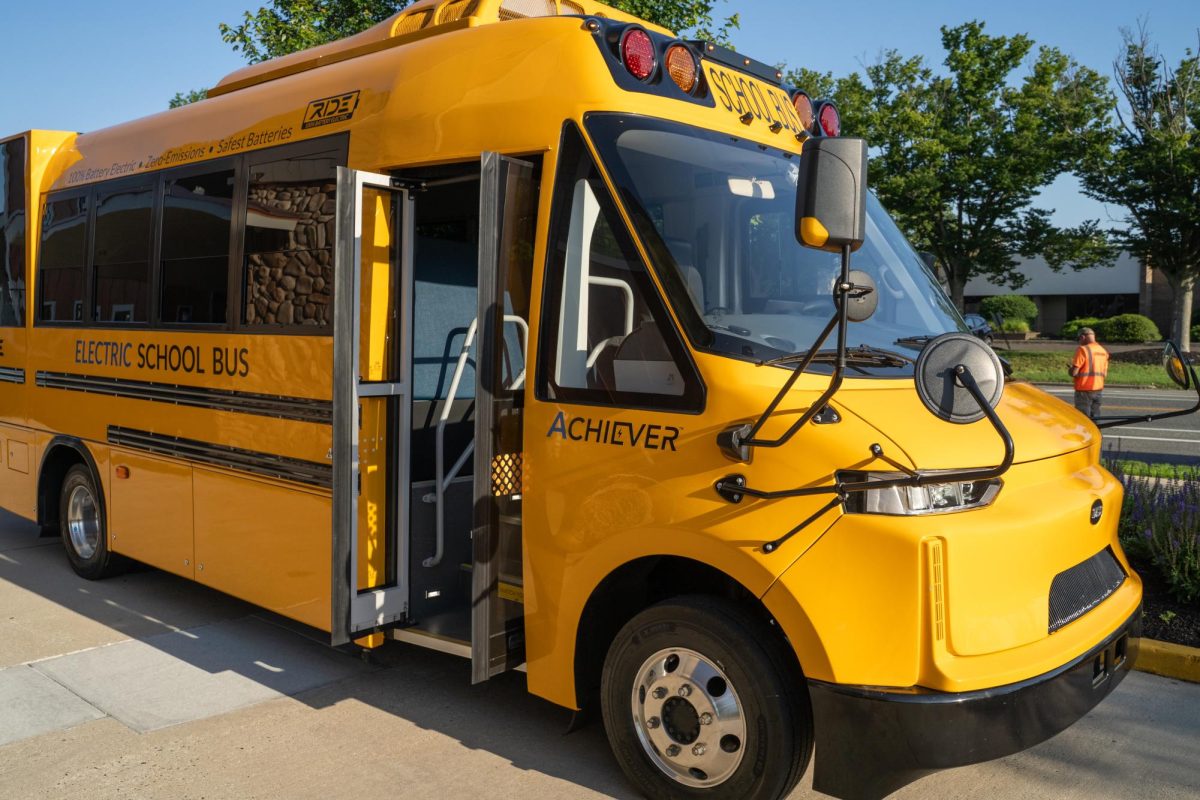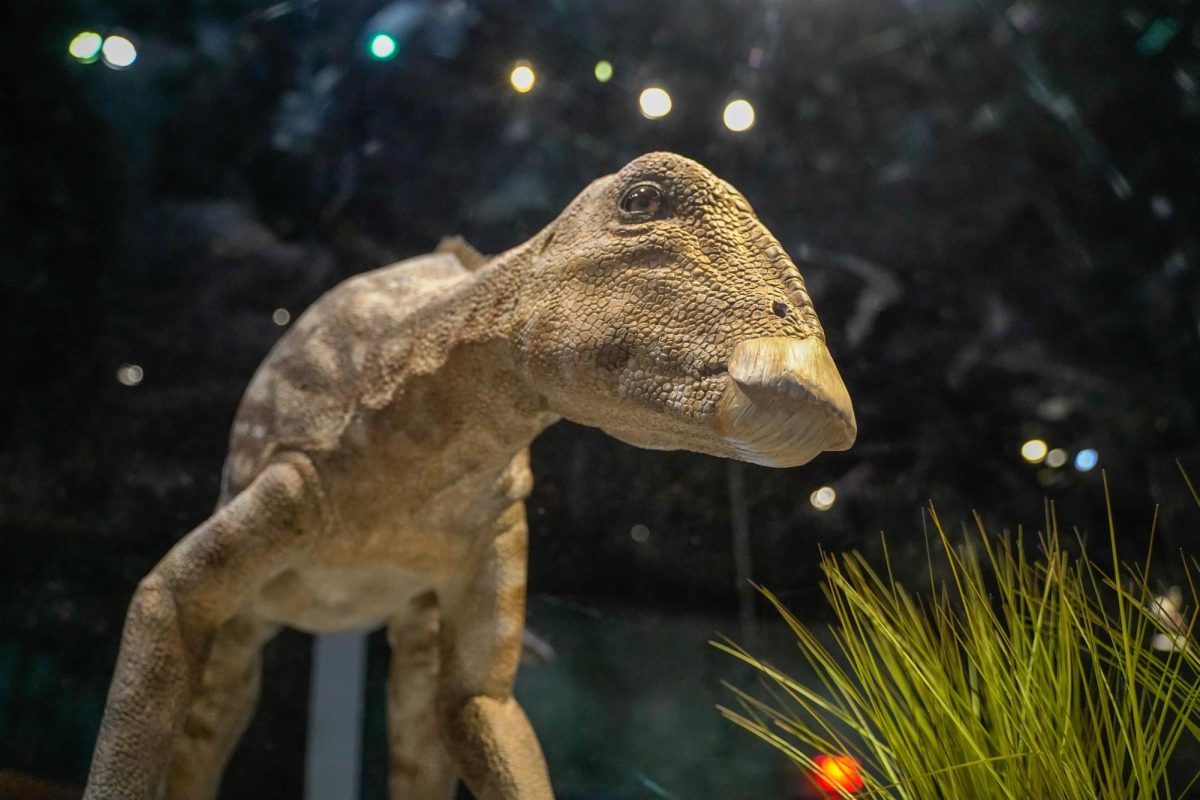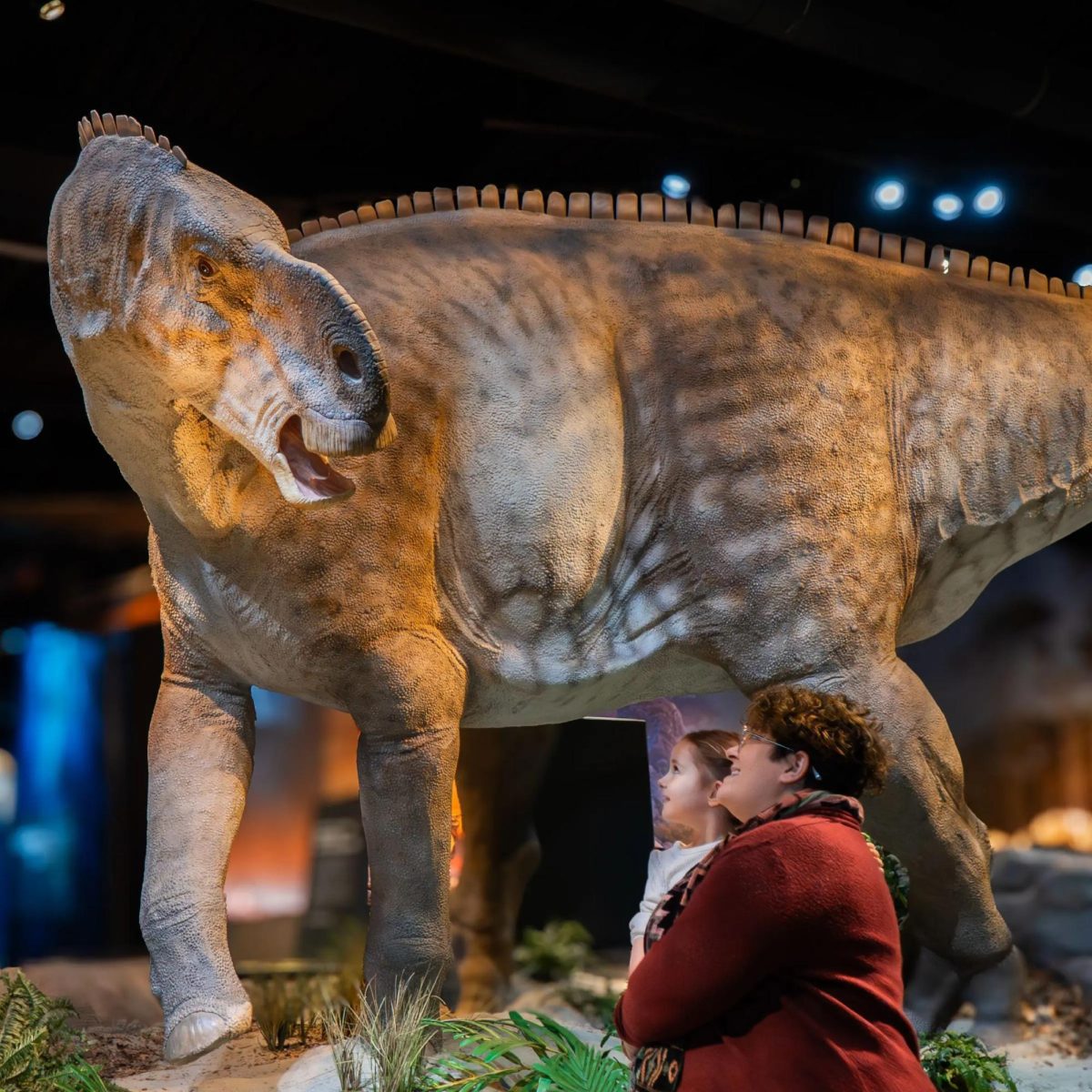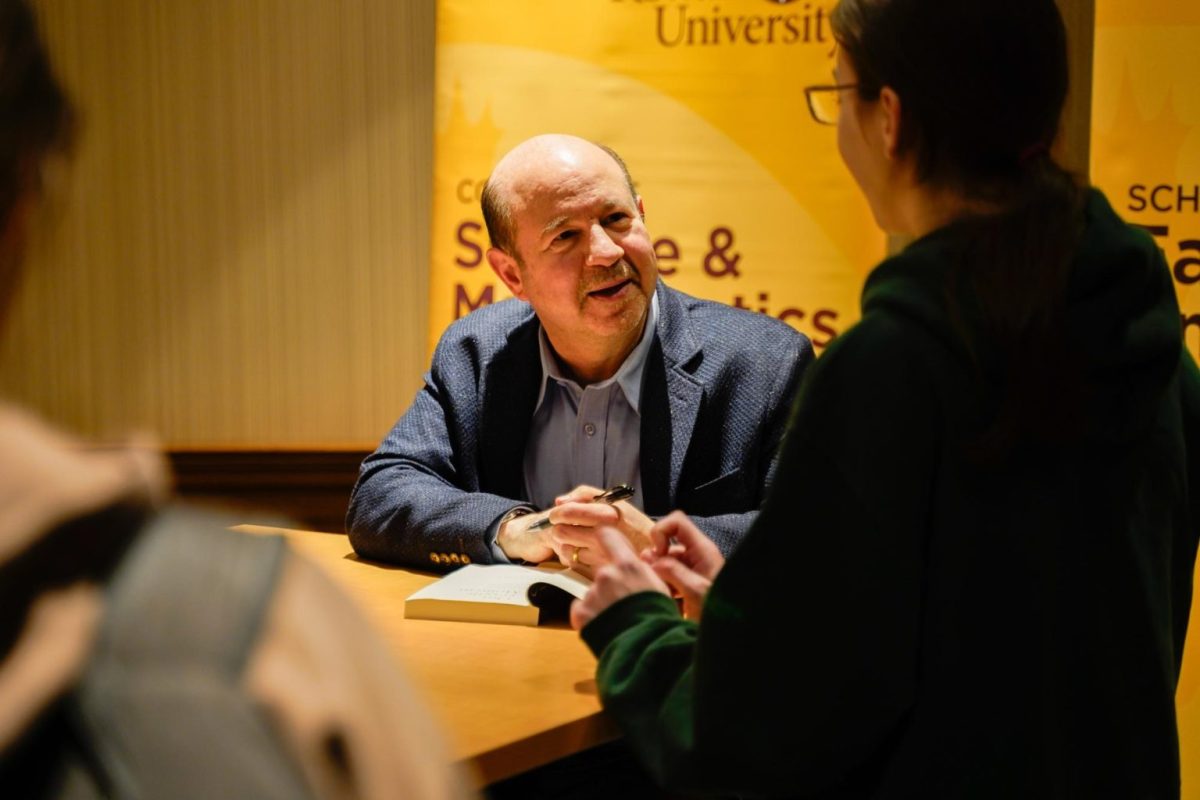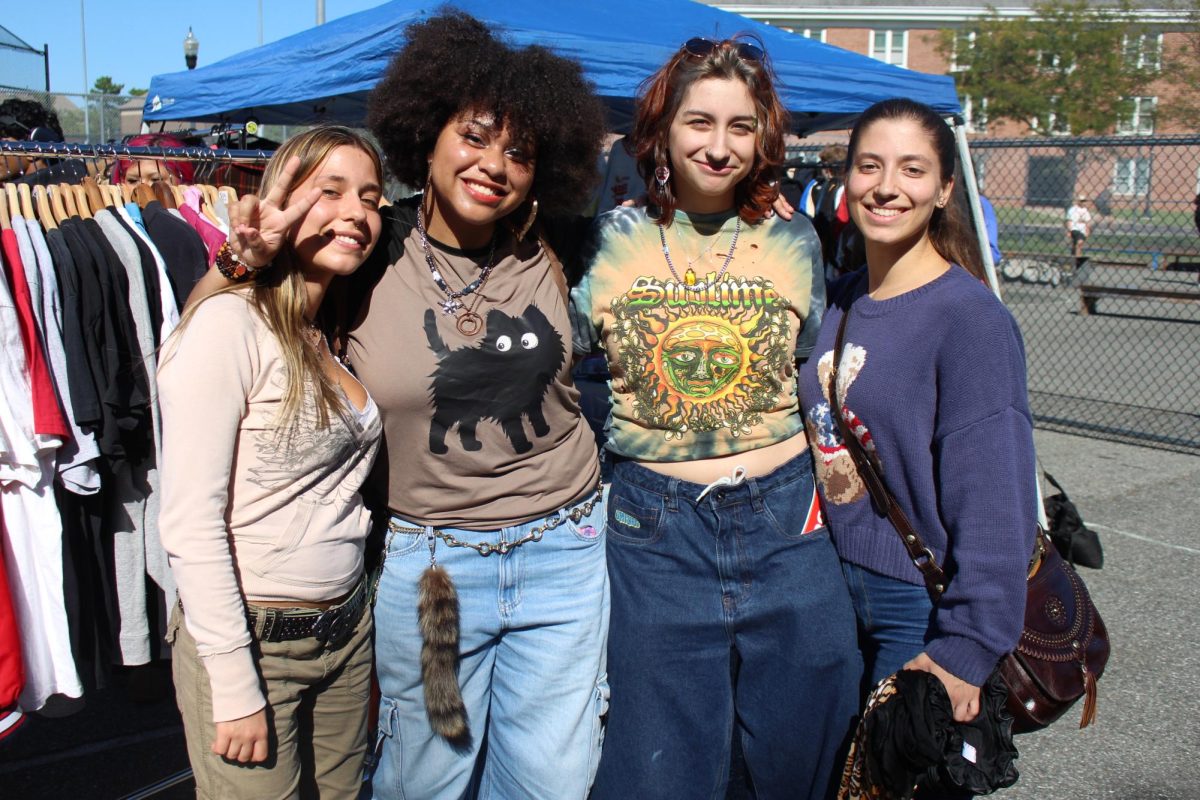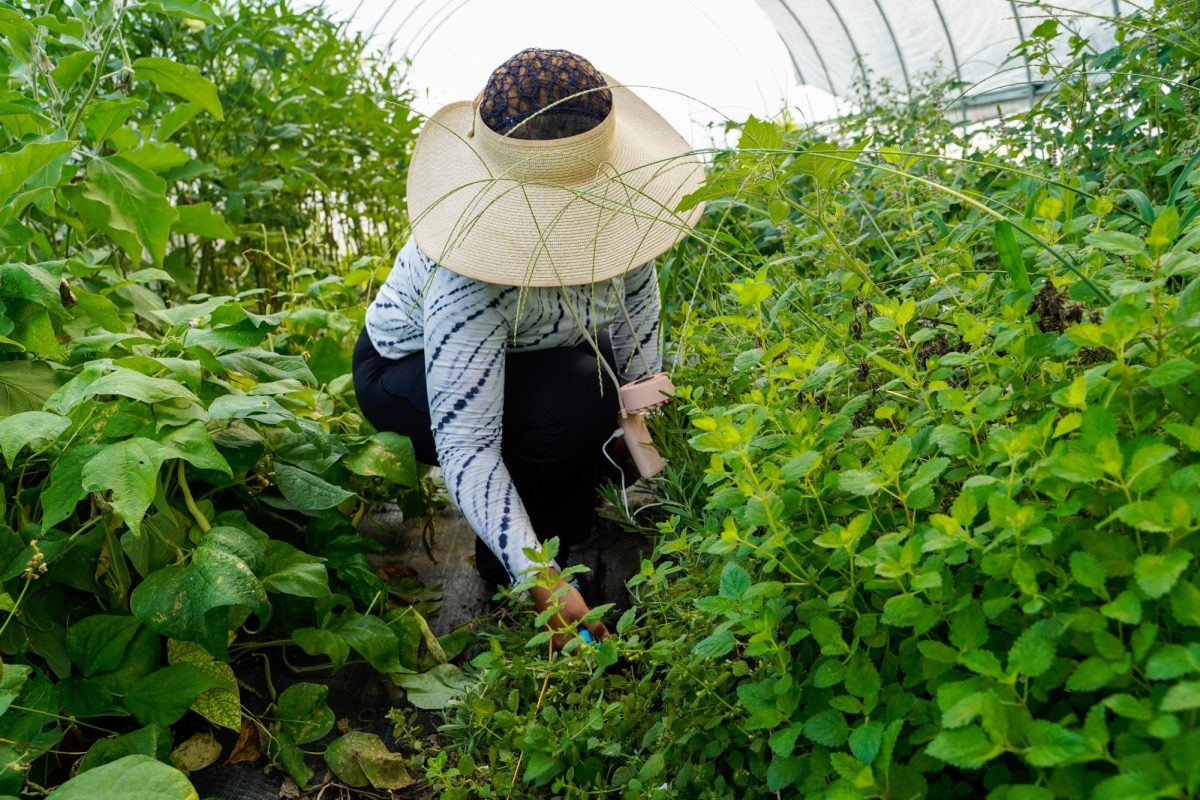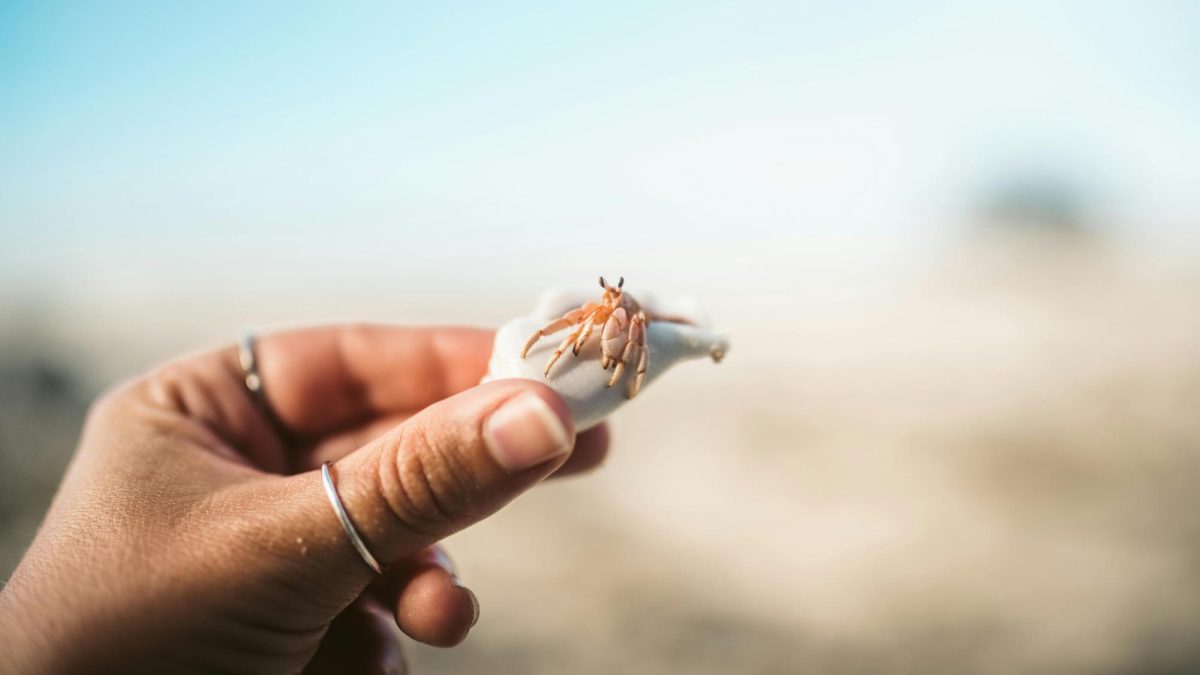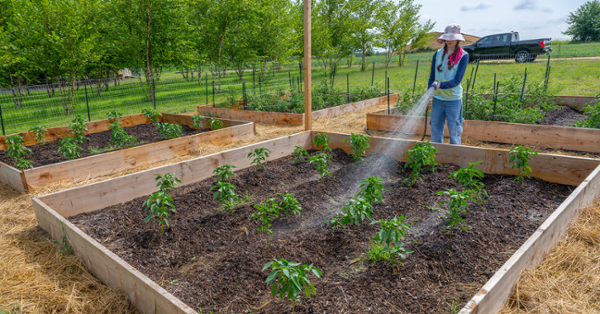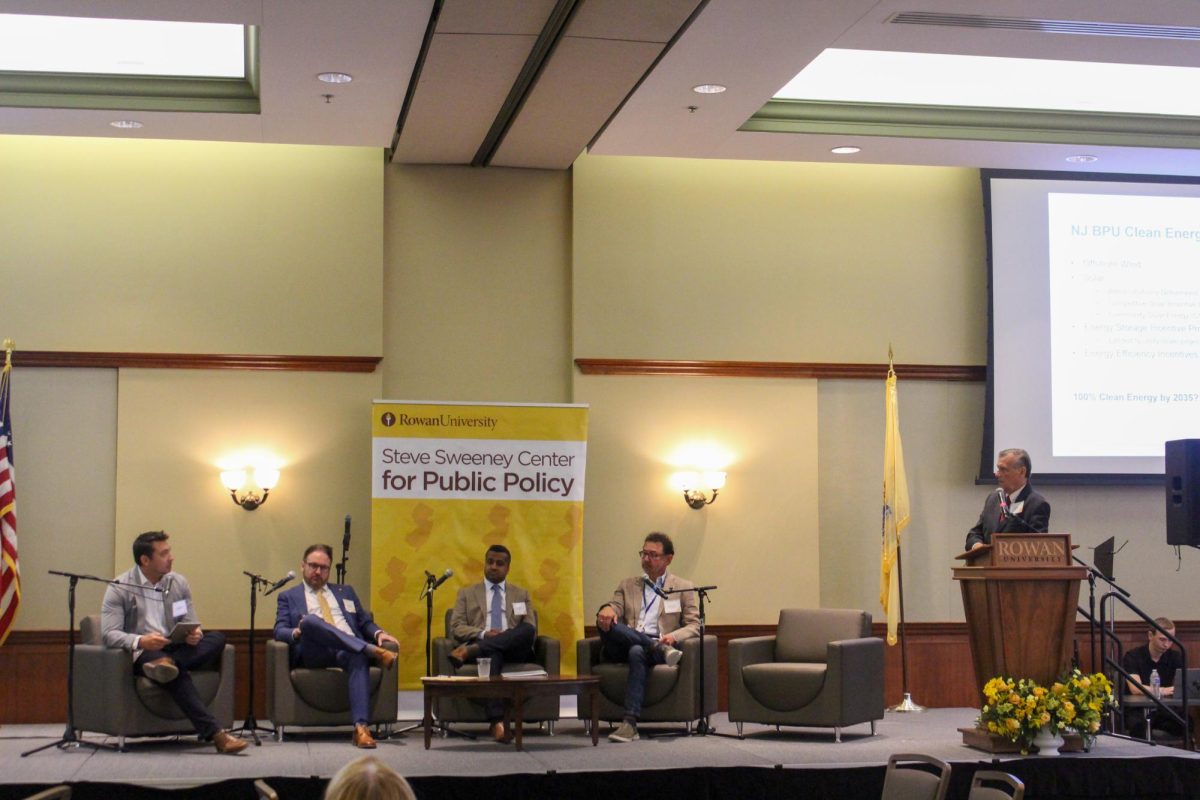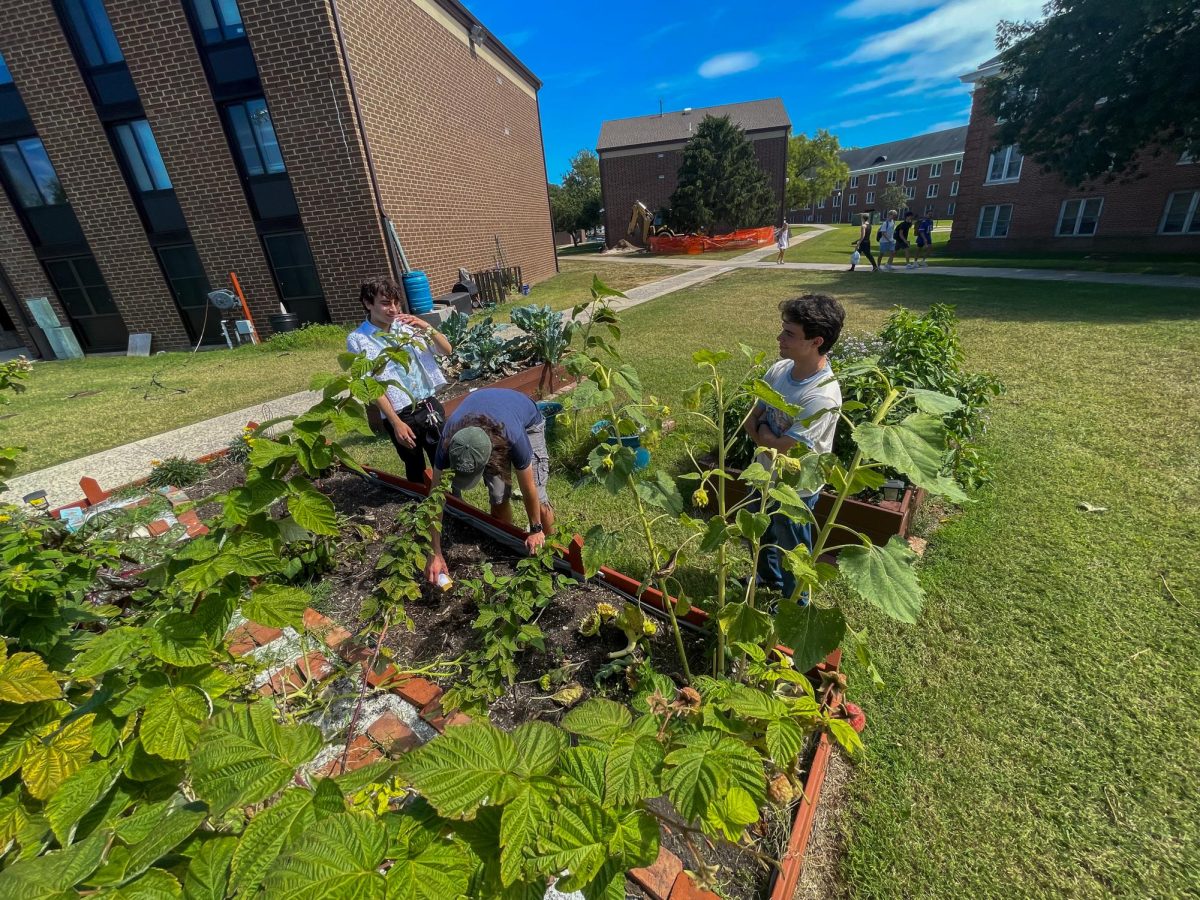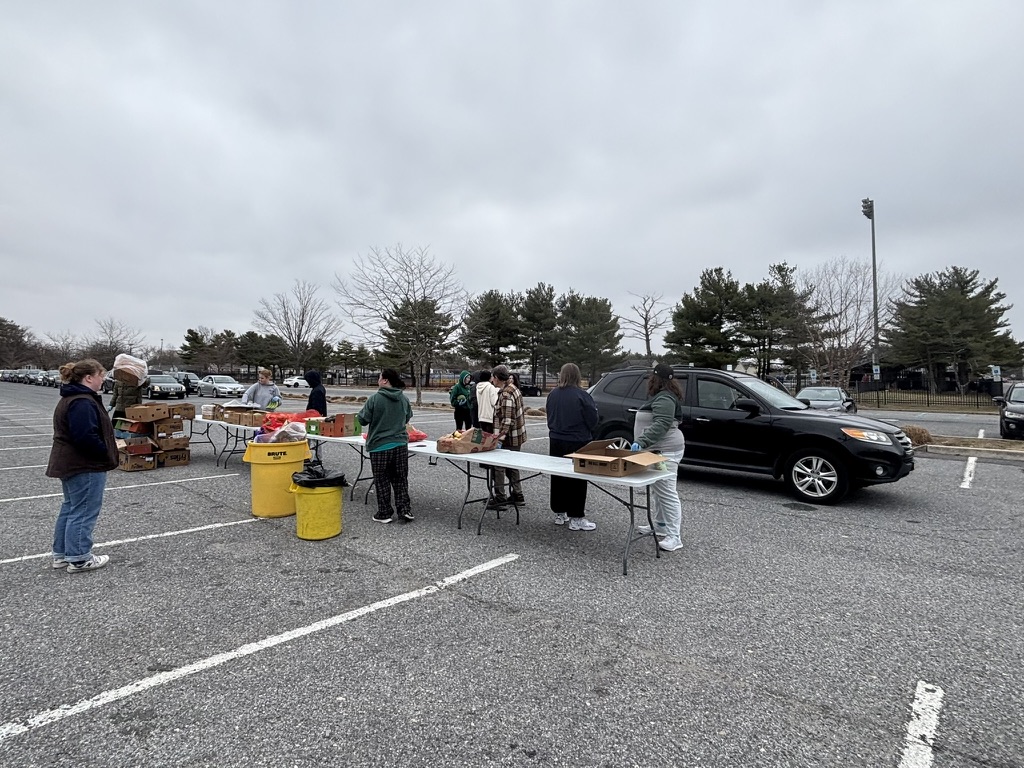Editor’s Note: June 1 marked National Dinosaur Day. South Jersey Climate News is celebrating by tracing the origins of the Edelman Fossil and Museum Park of Rowan University, which opened just more than two months ago at its location in Mantua, N.J. (Video by Gavin Schweiger)
The journey began in 2003 when Kenneth Lacovara, now director of Edelman Fossil and Museum Park (EFM), brought his students from Drexel University to a then-marl quarry in Mantua to collect fossils. At the time, Lacovara thought of the grounds as a unique way to teach his students, never thinking New Jersey had much to offer in terms of significant fossils.
Then, in the wake of the recession in late 2007, Inversand Co., the owner of the quarry, informed Lacovara that it might be selling the space soon. The conversation became a wake-up call for Lacovara. Wanting to discover what the area could teach him, he raised money to rent a small portion of the quarry.
“Before that we were doing what we call ‘salvage paleontology,’ literally following bulldozers,” said Lacovara.
Once they undertook a more methodical approach uncovering fossils at the site, Lacovara realized that the bone bed was a mass death event that occurred near the end of the Cretaceous period. The spot also showed fragments of the asteroid from approximately 1,500 miles away. At this point, Lacovara knew he had to preserve the place.
The site seemed to link to a catastrophic event that occurred 66 million years ago, when is it theorized a huge asteroid struck the Earth, causing earthquakes, tsunamis, and firestorms, and resulting in “driving more than half of then extant species—including the dinosaurs—to extinction.”
“Normally, as paleontologists we try to keep our sites a secret, for obvious reasons,” said Lacovara. “But I realized that if we were going to save the site, we would have to build a grassroots effort around it.”
In 2011, he marched into the office of the Director of Economic Development in Mantua Township, boots still muddy and hopes high. Right away the Mantua officials decided to partner with Lacovara—together, they decided the best thing to do is hold a Community Fossil Dig Day.
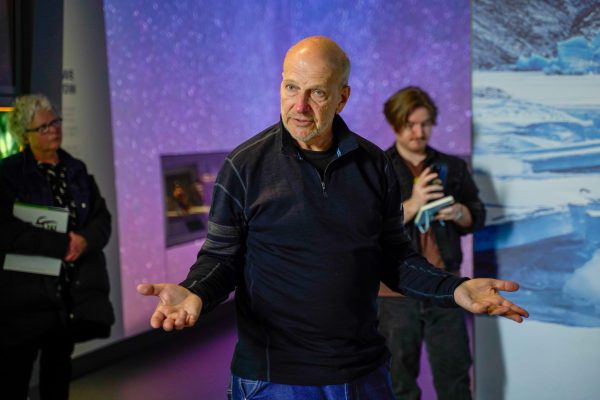
“We had no budget,” Lacovara said. “We put up a sign and only a few emails hoping maybe 75 people show up on a Saturday…1,600 people showed up.”
The day showed proof of concept and was steadily wildly popular, always filling up spots by the thousands and even more on a waitlist. Despite its popularity, efforts to launch the project to preserve the land didn’t meet much success. That was before Lacovara met with Rowan University President Ali A. Houshmand at Angelo’s Diner in downtown Glassboro.
“We went to Angelo’s Diner and had breakfast, which is how you do it in New Jersey,” said Lacovara. “And before the end of breakfast, we had agreed that I would move to Rowan.”
Rowan University announced plans to purchase the land in 2015. The purchase came with the agreement that Lacovara would come to the university, become the founder of the School of Earth and Science, and serve as its dean for eight years.
A year later in 2016, Jean and Ric Edelman, two alumni from Rowan University, stepped forward and donated $25 million, aiding in the preservation and expansion of the fossil park.
At the ribbon-cutting ceremony for the museum at the end of March, Ric Edelman addressed the crowd from a podium, explaining their large donation. He and Jean Edelman had fallen in love with the place and saw potential in the quarry.
“We need to understand how the dinosaurs lived and, most importantly, how they died, because it offers incredible lessons for us in the preservation of our planet and the sustainability of our own species,” Ric Edelman said.
In 2017, they would hire architects and exhibit designers for the museum, and, eight years later, the doors would open on March 29, 2025.
The museum’s sustainable design and ideals
The EFM has always had a vision to fight back against the “climate crisis” through education and putting its money where its mouth is, with net-zero carbon emissions.
Lacovara calls climate change a “climate crisis” because he views the former term as too gentle, too nice, too ambiguous. He also pairs the climate and biodiversity crisis since he says they are “linked.”
The two are linked since the climate crisis leads to the loss of a variety of animals, plants, and habitats. Lacovara explained the impact as the extinction of one species every 13 minutes to a more conservative estimate of one every day from habitat destruction to over-hunting.. Geologically, he compares it to an “instantaneous mass extinction.”
“Right now we have a climate crisis, and that is indisputable,” said Lacovara. “But we have to solve both [climate crisis and biodiversity crisis] to have the kind of future that we want.”
That’s what fuels the EFM research, a statement said in every tour and on every piece of outreach, “Our mission is to discover the past and protect the future.”
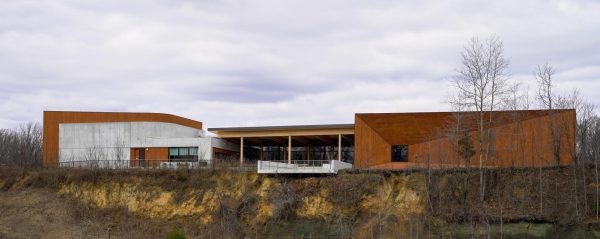
Dr. Zachary Boles is the assistant curator at the EFM and associate teaching professor in geology at Rowan University. Boles and the research team at the EFM seek to understand why the soft tissues they find, which would normally decay quickly, are still preserved.
“We have recovered bone cells, blood vessels, collagen from the fossils here…further testing our hypothesis that this is a mass death assemblage related to the asteroid impact,” said Boles. “So, if that turns out to be the case, then this is the only site where you have an ecosystem that’s being preserved right at the very end of the Cretaceous.”
Building the museum was a long journey where, at every step, the EFM designers thought about climate and sustainability.
“No fossil fuels at the fossil park because we can’t be educating the public about the climate crisis upstairs and shoveling coals in the basement,” said Lacovara.
The walls, the windows, the children’s park, the gift shop, the garden, and the sculptures, each built with those two tenets in mind.
Paleoartist Gary Staab was the mastermind behind the dinosaur creations on display throughout the museum, and even he has sustainability and climate change in mind.
Staab’s workshop is powered entirely by solar panels, and this sentiment extended to the sourcing of the sculpture materials. For this display, he scavenged and “hunted” for upscaled versions of expanded polystyrene foam to create the dinosaurs.
“So all of the foam that was used in that exhibit actually comes from foam that was going to be pitched out,” said Staab. “It takes a lot of extra care to create slices of that and then glue it back together so that you can use it. But that all was stuff that was literally like two semi [trucks] full of foam that didn’t go into the landfill.”
Edelman Fossil Park and Museum are now open. Information on how to attend and see what the museum has to offer can be found at efm.org.
